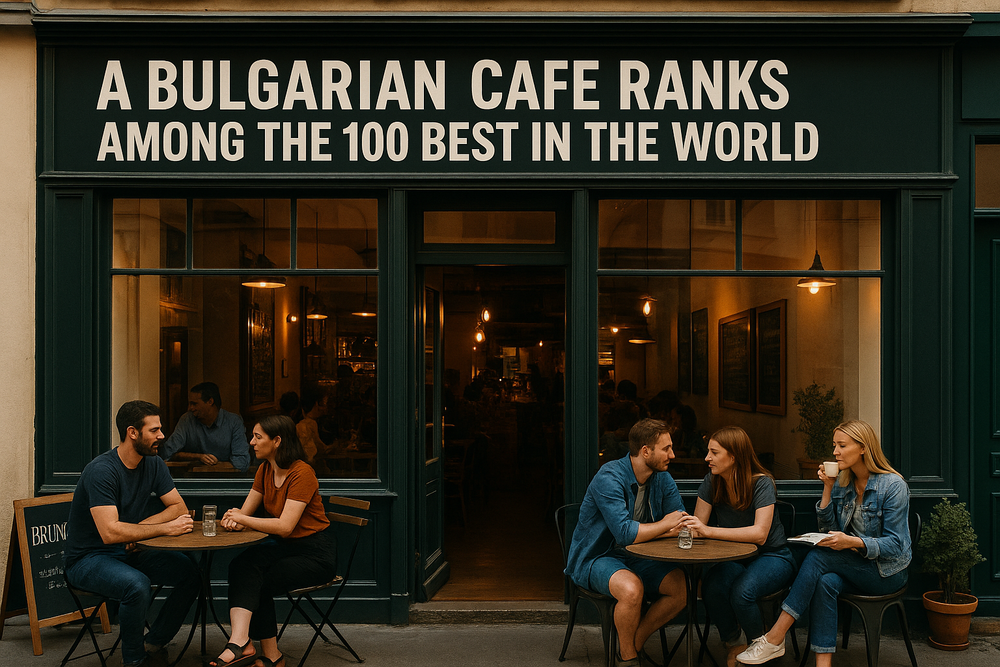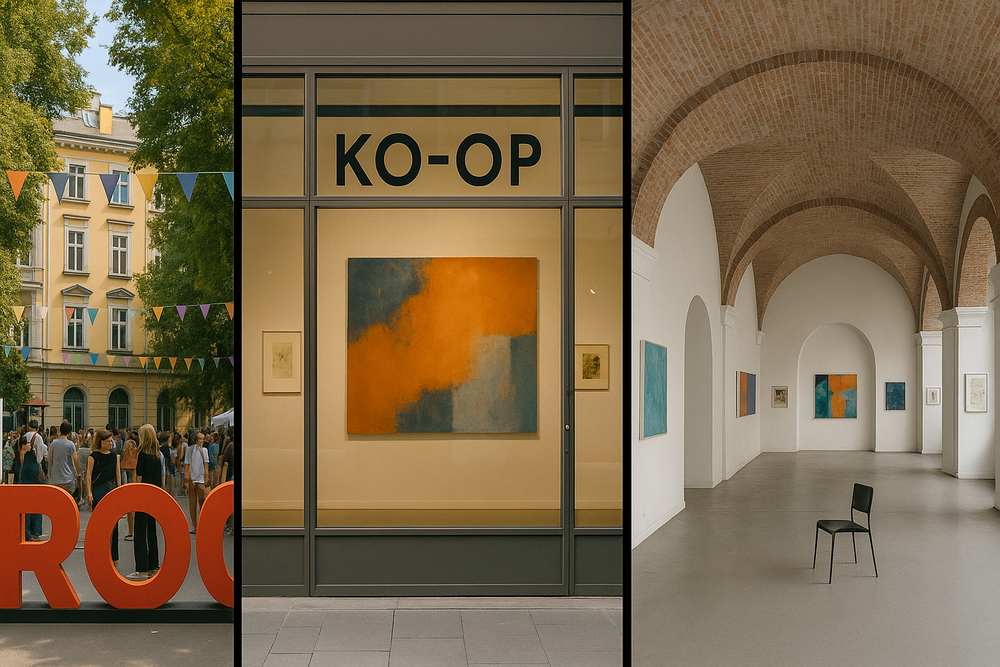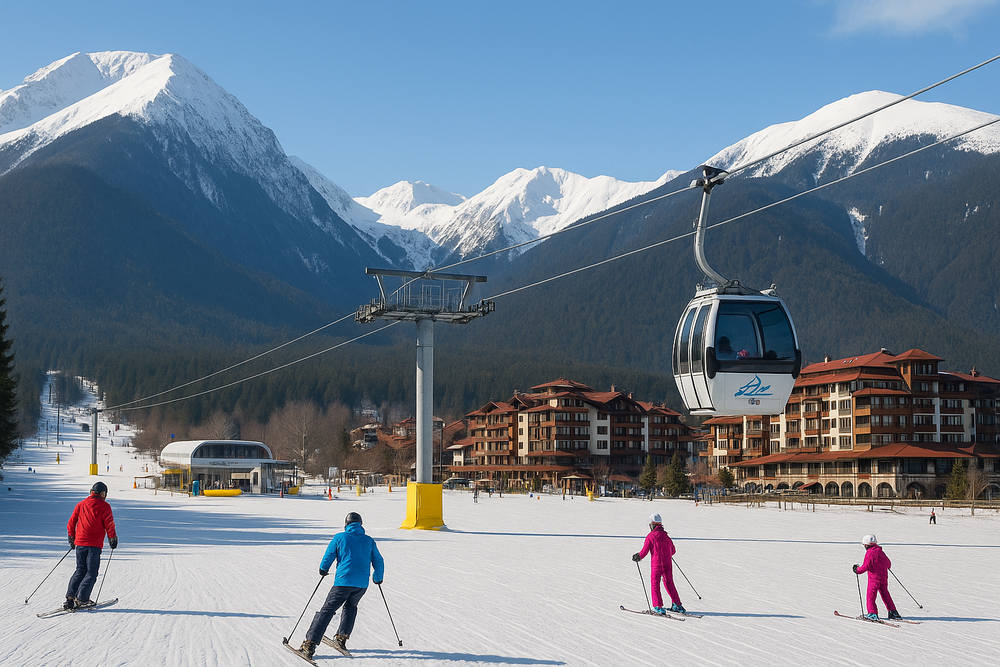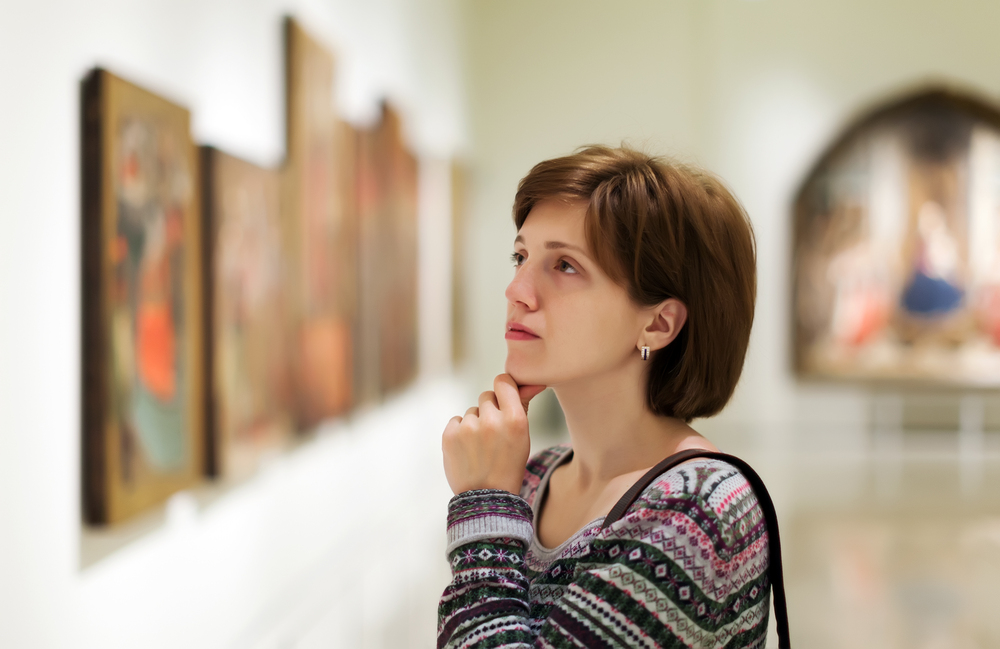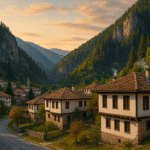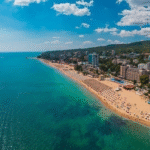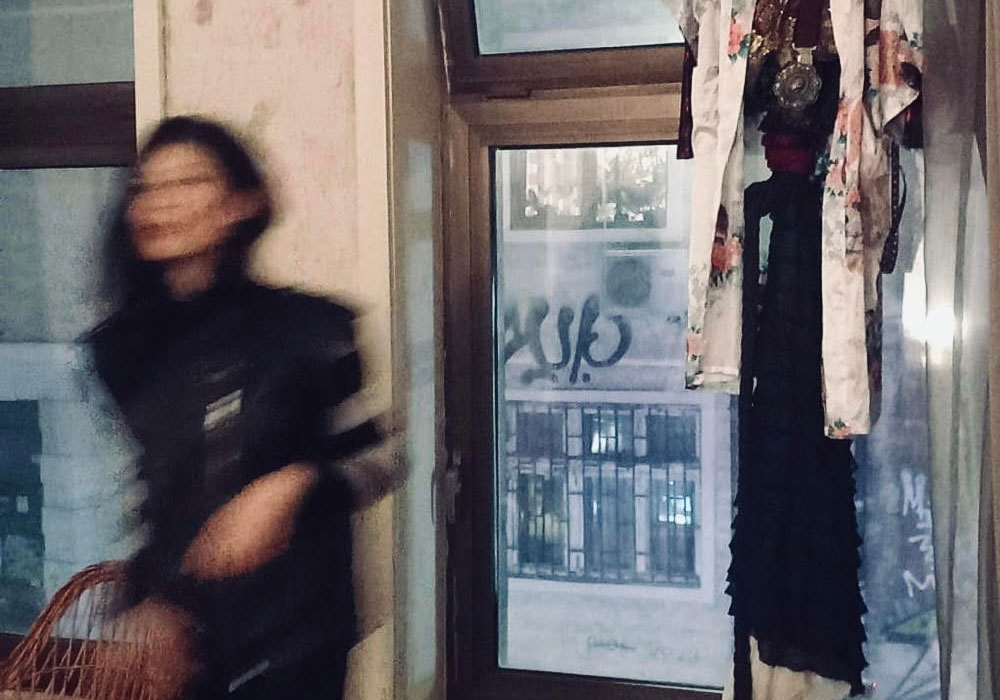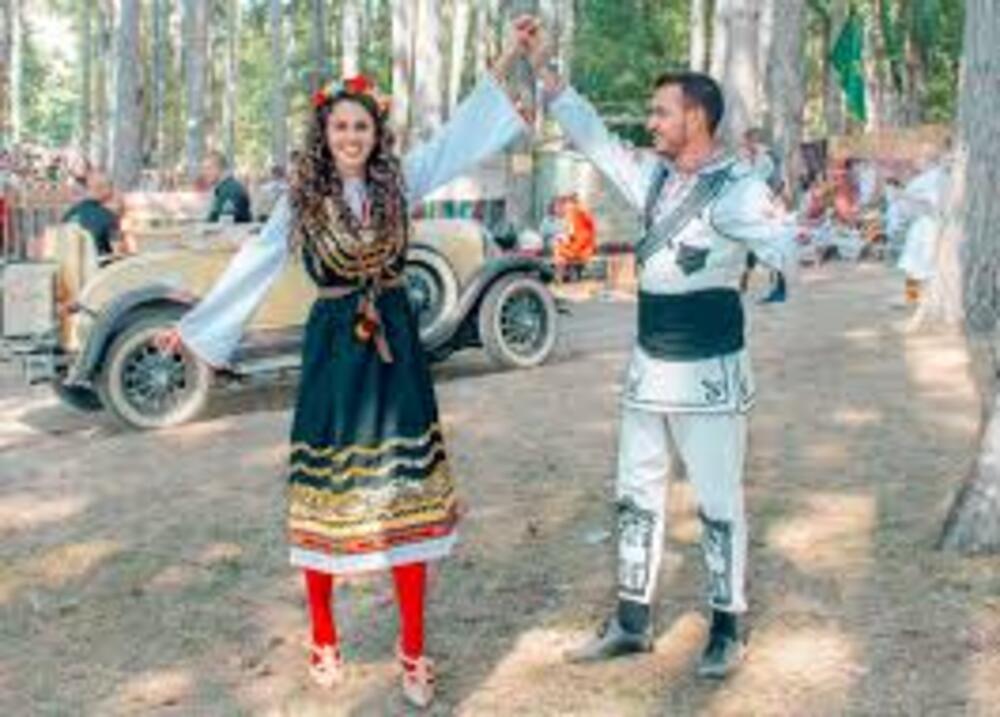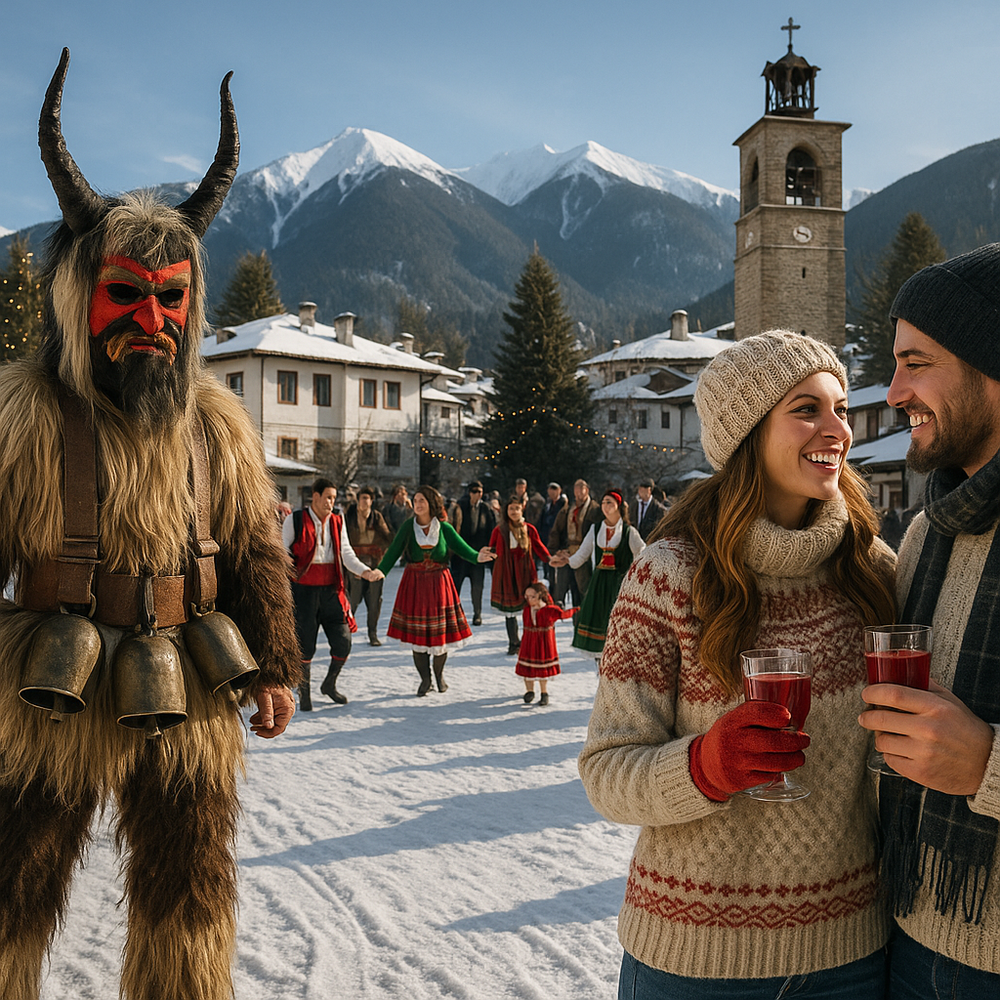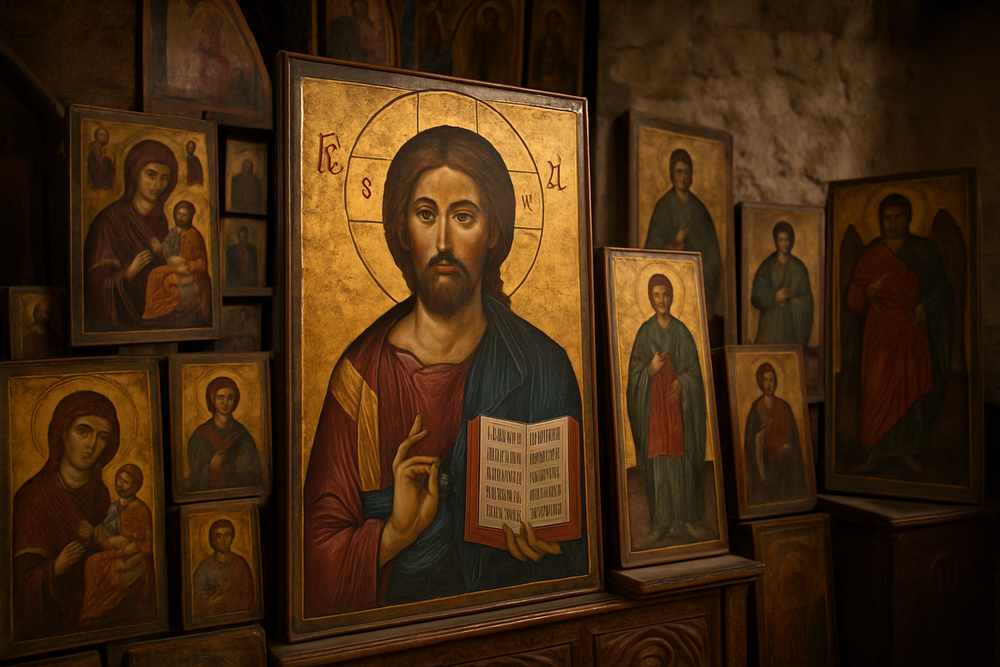
Sacred Art of the Icon: Bulgaria’s Orthodox Icon Painting Tradition
In the dimly lit interiors of Bulgaria’s ancient churches and monasteries, flickering candlelight dances across golden halos and solemn faces. This is the sacred world of Orthodox iconography — a spiritual and artistic tradition that has shaped Bulgaria’s religious identity for over a millennium. Icons are not simply works of art; they are windows into the divine, steeped in symbolism, technique, and centuries of devotion.
The Spiritual Purpose of Icons
In the Eastern Orthodox Church, icons are not decorations, but essential elements of worship. Each image — of Christ, the Virgin Mary, saints, or scenes from the Bible — serves as a visual theology, guiding believers into prayer and contemplation. Icons are considered sacred, not because of the materials used, but because of the truths they represent.
In Bulgaria, this tradition dates back to the adoption of Christianity in the 9th century. From then on, churches and monasteries became custodians of sacred imagery, where icon painters followed strict canons passed down through generations.
Technique: From Wood to Glory
Traditional Bulgarian icons are painted on wooden panels, typically lime or walnut. The process begins with applying layers of gesso (a mixture of chalk and glue) to prepare a smooth surface. The artist then sketches the outlines, sometimes using charcoal or ink, before applying tempera paints — pigments mixed with egg yolk and water.
Perhaps the most striking element is the use of gold leaf, meticulously applied around halos and backgrounds to represent divine light. The figures themselves are stylized, with large eyes, elongated features, and serene expressions — emphasizing their spiritual nature rather than human likeness.
This method, though ancient, is deeply symbolic. Each color, gesture, and composition follows strict theological rules. For example, Christ is often shown with a gesture of blessing, while saints are depicted holding scrolls or crosses that signify their life’s mission or martyrdom.
Revival Masters and Iconic Schools
During the Bulgarian National Revival period (18th–19th centuries), a surge of cultural and religious awakening led to the flourishing of icon painting. Regional schools emerged, each with its distinct style and legacy.
The Tryavna School became renowned for its detailed woodcarving and expressive, humanized icons. The Samokov School, influenced by both Orthodox and Western techniques, created more naturalistic imagery. Meanwhile, the Bansko School blended traditional canon with local flair, often including vivid color palettes and architectural backgrounds.
Prominent icon painters from this era include Zahari Zograf, who revolutionized iconography by adding depth, emotion, and even self-portraits into sacred murals — a daring move in the Orthodox world.
Preservation and Modern Relevance
Today, Bulgaria’s monasteries — such as Rila, Bachkovo, and Troyan — house priceless collections of icons, some dating back to the 12th century. Many are under restoration and preservation programs, as humidity, age, and human touch take their toll.
But iconography is far from a dying tradition. Contemporary Bulgarian icon painters continue to train in workshops and theological academies, preserving old methods while sometimes experimenting within canon boundaries.
For pilgrims and art lovers alike, encountering a Bulgarian icon is more than admiration — it is an invitation to connect with a sacred artistic language that has endured, evolved, and inspired across centuries.
